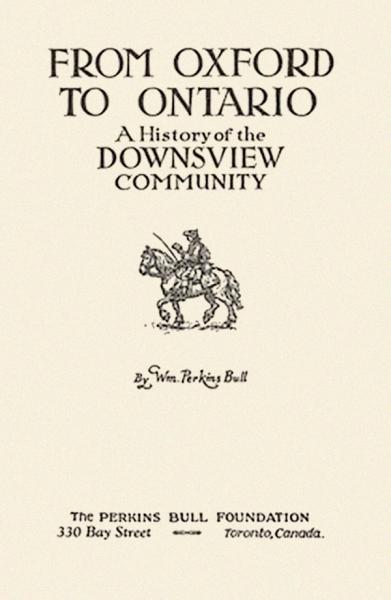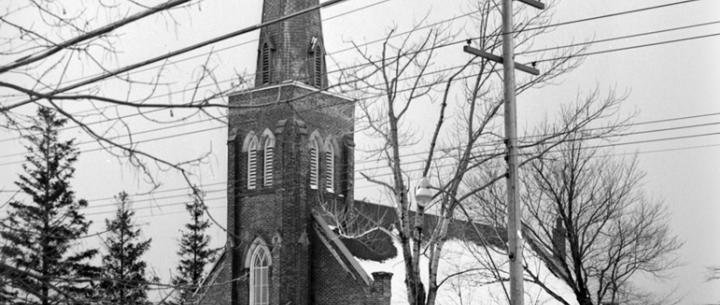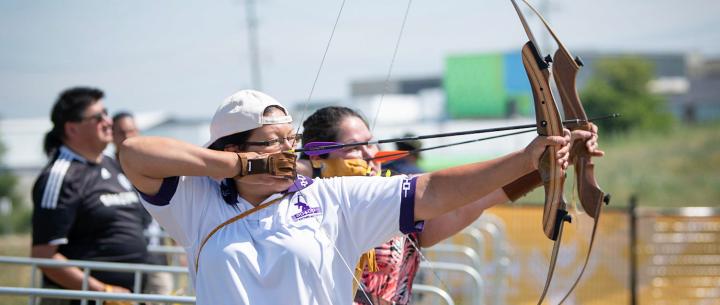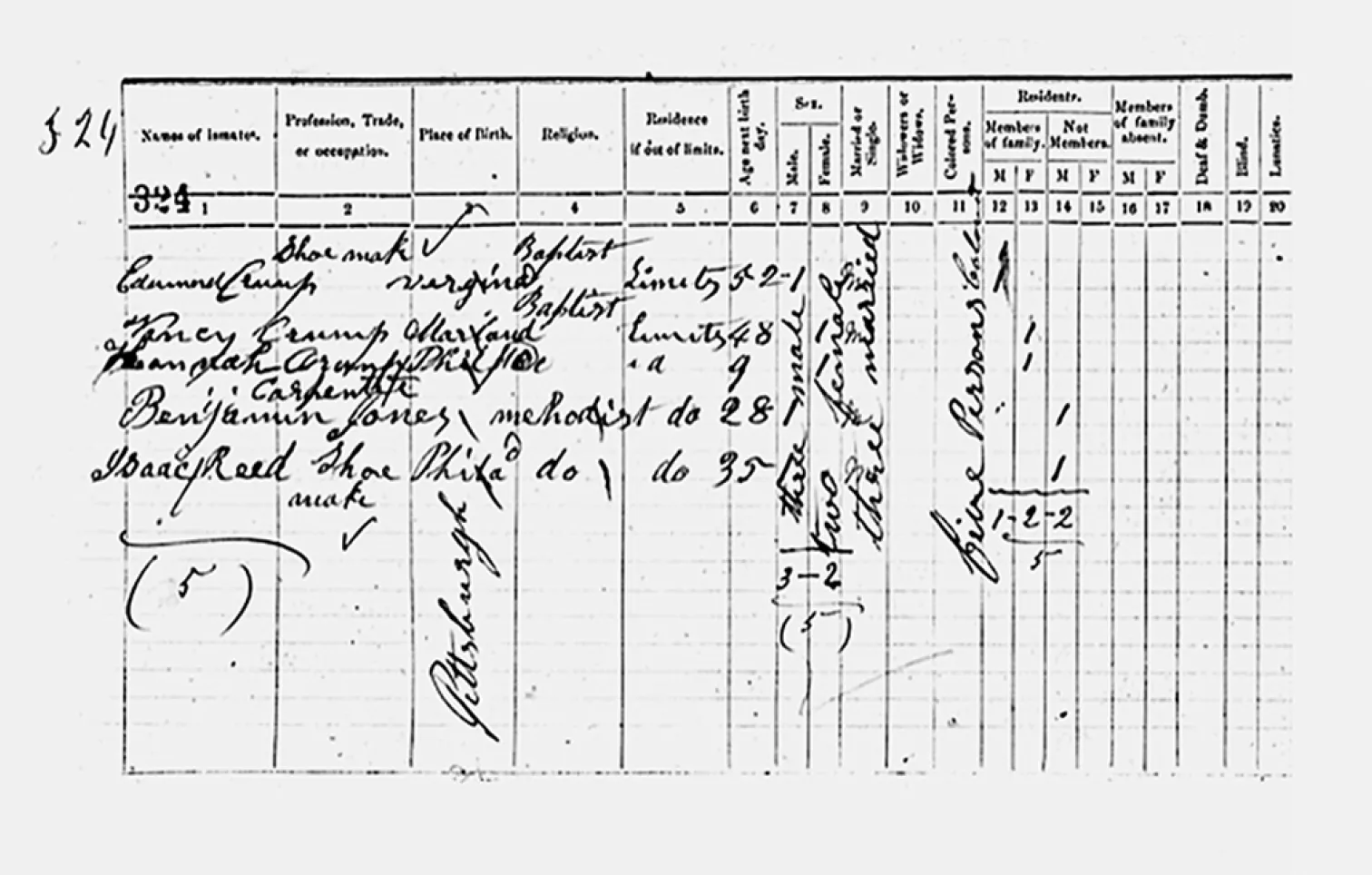Downsview today is one of the most racially diverse neighbourhoods in the country. But it wasn’t always thus.
“Nearly all Downsview folk were of British birth, and anyone of foreign extraction was conspicuous,” writes William Perkins Bull in his book “From Oxford to Ontario: A History of the Downsview Community”, published in 1941. Bull, the grandson of one of the area’s original non-indigenous settlers, provided a rich source of information and gossip about life in 19th century Downsview.

And he gives us an intriguing glimpse of the man who may well have been the first black person to settle in Downsview.
In language that would not be considered acceptable today, Bull writes that, “Issac Reid, a Negro refugee from Maryland, was the only coloured man in the district. Left a widower, he married a white woman, a Downsview widow and maid servant at the Boakes (family).” He goes on to note that the couple had four children, twins and singles, and that Issac was an engaging speaker who “entranced people with stories about slavery days in the south.”
We can’t know for sure, but Issac Reid may have been one of about 30,000 former slaves who escaped the American south via the “Underground Railroad” before the Civil War. Many of them settled in southern Ontario.
According to researcher Lisa Reilly, Reid appeared in Canadian census records as early as 1851, when he was living in Hamilton and working as a shoemaker. In the 1871 census he was living in Downsview with his wife Margaret. By the 1881 census, Margaret and her children are still listed as Downsview residents, but there is no mention of Issac Reid.

Reilly was able to find records for the following twenty years that show Margaret and Issac’s two daughters working as servants in Toronto, and Thomas, one of the twins, living in Parkdale with his four children. The trail goes cold at this point, so we don’t know if any of Issac’s ancestors still live in Downsview or the Toronto area.
What we do know is that Issac Reid was a pioneer in Downsview.
More Stories

Downsview United Church
Downsview was growing quickly in the years before Confederation, and local churches struggled to keep up with a growing number of worshippers.

2018 Masters Indigenous Games
Inter-tribal athletics competitions have been a meaningful part of Indigenous peoples’ way of life for millennia, and that tradition continues into the present day. The City of Toronto played host to the 2018 Masters Indigenous Games on July 13-15, which centred around a specially created “Cultural Village” at Downsview Park
